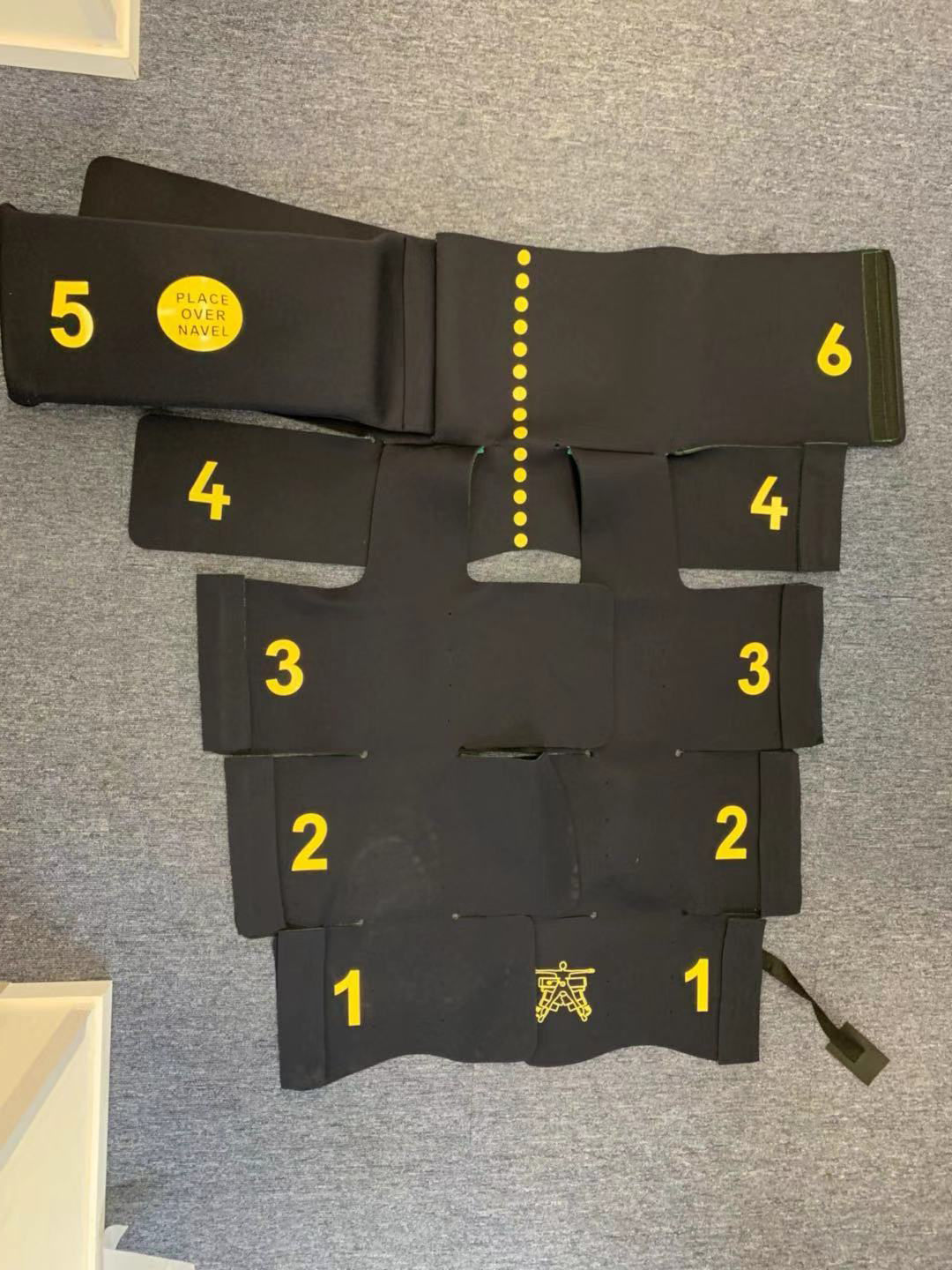S0519001
Non-pneumatic Anti-shock Garment,sizeM/L
Non-pneumatic anti-shock garment (NASG), size medium/large. First aid device used in the management of postpartum haemorrhage (PPH) to stabilize women in hypovolemic shock till further treatment is available.
Indicative Price 79.38 USD
DESCRIPTION:
A medium/large sized, non-pneumatic anti-shock garment (NASG) to be used for managing uncontrollable postpartum haemorrhage (PPH) and to keep women alive until they can get the treatment they need.
GENERAL DESCRIPTION:
Lightweight, flexible and comfortable for the wearer.
Reusable
No metal parts: safe for X-rays and MRIs.
Material: Made of a lightweight neoprene garment and Velcro.
The NASG must allow perineal access so that examinations and vaginal procedures can be performed without it being removed.
Shape:
- Made in the shape of trousers divided into five or six segments for ease of application to different parts of lower body below the diaphragm with Velcro fasteners.
- The segment 1 must consist of 2 pieces to be used in each ankles ,
- The segment 2 must consist of 2 pieces to be used in each calf,
- The segment 3 must consist of 2 pieces to be used in each thigh,
- The segment 4 must consist of 1 piece to be used around the pelvis ,
- The segment 5 and/or 6 must consist of 1 piece to be used aground the abdomen/umbilicus. This segment must apply extra compression with a small foam ball.
- The garment must be able to apply 30 to 50 mm Hg of pressure to the lower body pressure.
- Life time: At least 40 uses.
Suitable for washingmachines.
INSTRUCTIONS FOR USE:
Intended for women suffering from uncontrollable postpartum haemorrhage (PPH), to control the bleeding, reverse the shock, and stabilize the patient for safe transport to a comprehensive obstetric care facility.
The NASG applies pressure to the lower body and abdomen, thereby stabilizing vital signs and resolving hypovolemic shock.
When fitted correctly, the NASG reverses the shock by returning blood to the essential organs - heart, lungs, and brain.
1. Place the NASG under the woman;
2. Close the segments 1 tightly around the ankles;
3. Close the segments 2 tightly around each calf;
4. Close the segments 3 tightly around each thigh, leave knees free;
5. Close the segment 4 around pelvis with lower edge at level of pubic bone;
6. Close the segment 5 with pressure ball over the umbilicus and finally, close the NASG with segment 6;
The segments 1, 2, 3 can be applied by two persons simultaneously, but segments 4, 5 and 6 should only be applied by one.
Make sure the woman can breathe normally after close the NASG.
It is extremely important not to remove the NASG before a woman receives IV fluids, blood and before all vital signs are restored. Early removal can be dangerous and even fatal.
For cleaning: Mix a 0,01% bleach solution, immerse the NASG in that solution and soak for 10min. Scrub to remove tissue and particles. Wash and rinse with clean and cool water. Squeeze and hang in the sun to dry it.
SUPPLIED WITH:
Manufacture's instructions for use in English, French and Spanish.
PACKAGING AND LABELLING:
One medium/large sized NASG, packaged individually with full instructions in English, French and Spanish.
Labelling on the primary packaging:
- Name and/or trade mark, and address of the manufacturer.
- Manufacturer's product reference.
- Type of product and main characteristics.
- information for product-specific storage conditions (e.g., temperature, pressure, light, humidity, etc.).
Symbols used according ISO 15223 and EN 980
CE mark
Related Products




